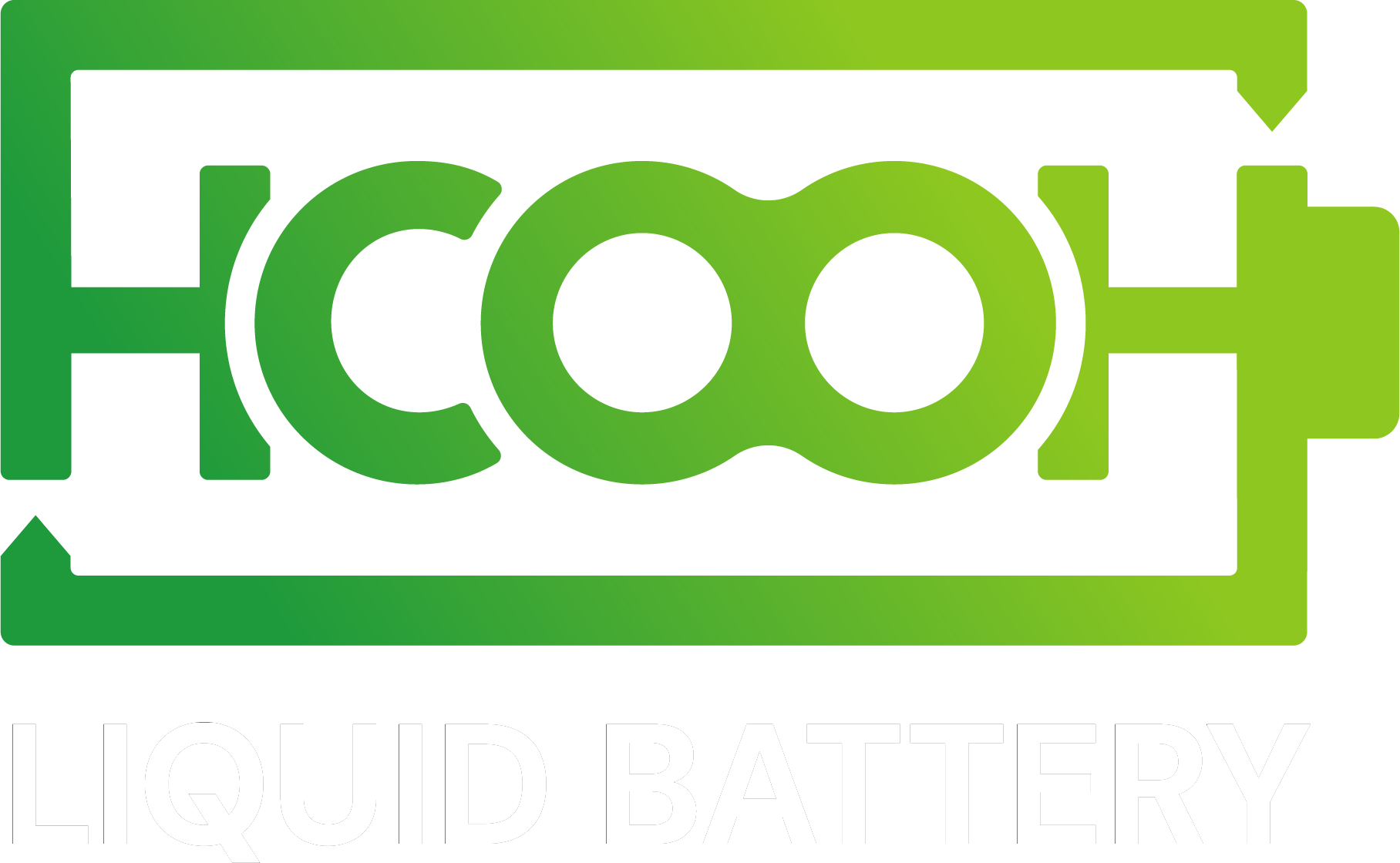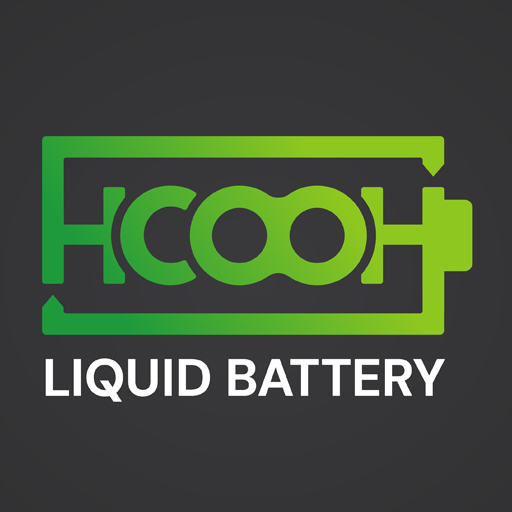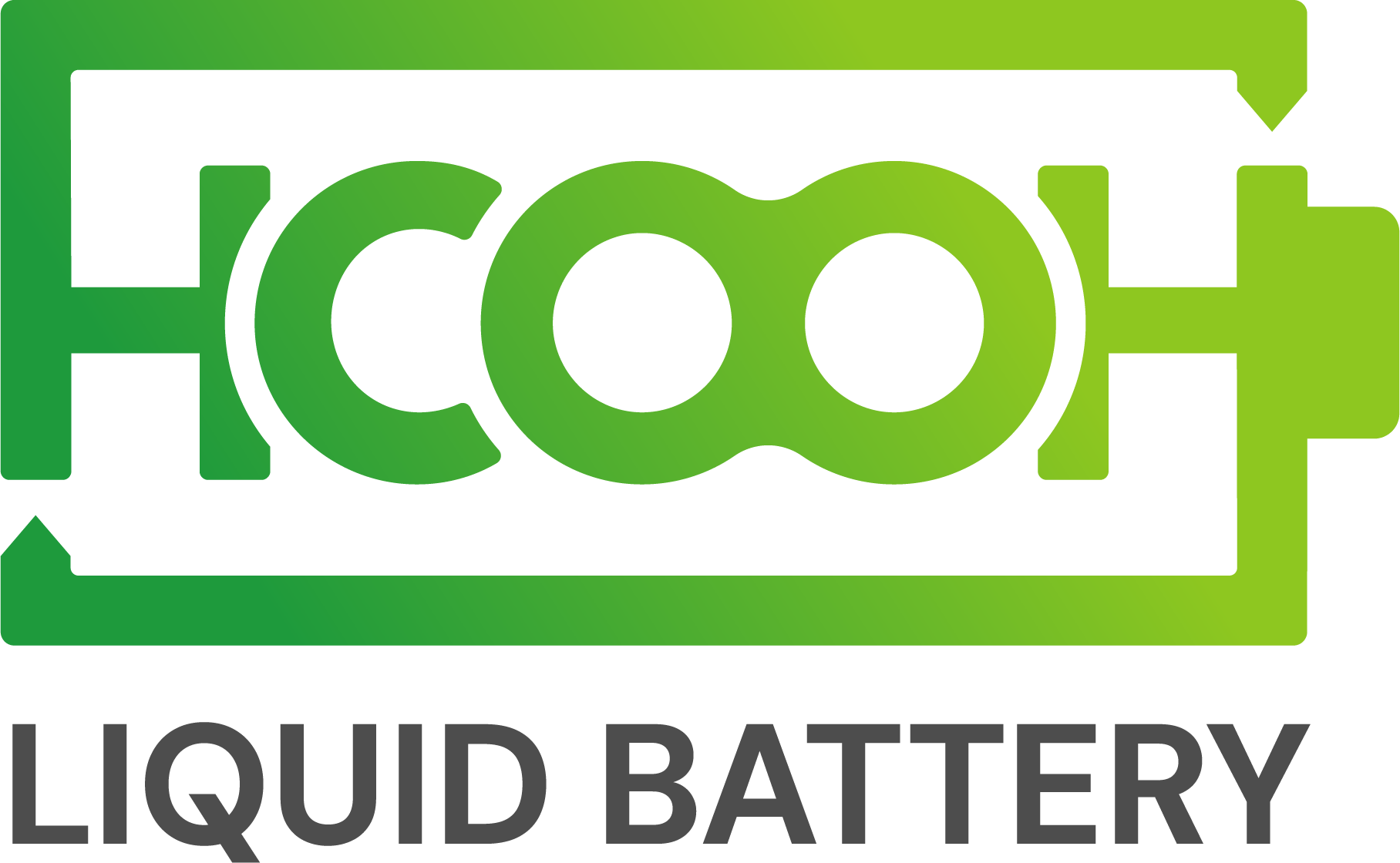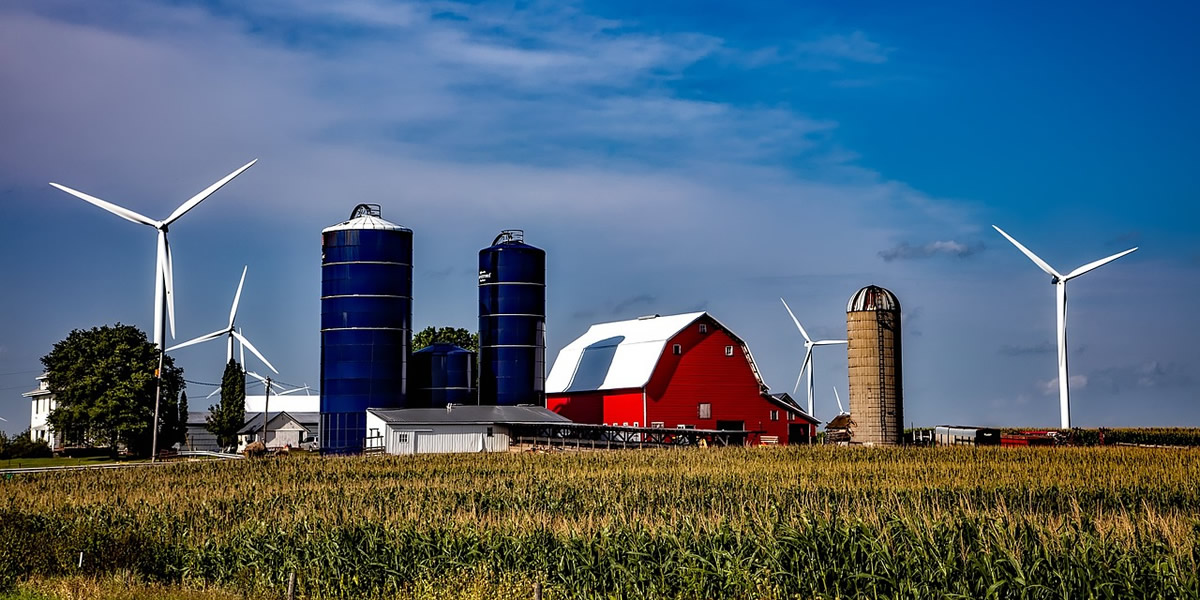Smart Grid
The SmartGrid system is the 21st-century power system, addressing the urgent need to combat environmental degradation. It integrates electricity production, distribution systems, and digital technology into a synergistic application concept, forming an interconnected network of advanced technologies.
It is evident without detailed mathematical analysis that current power systems cannot support the additional energy demand for electric vehicles. Thus, developing renewable energy and enhancing the grid are crucial for the realization of electric mobility. Countries with advanced electric vehicle fleets have not fully accounted for this in their system designs.
“Even without a mathematically exact analysis and proof, it is obvious that the current electricity systems are unable to supply the consumers – together with the additional energy required to move electric cars.”
Thus, the development of the network and, of course, energy production in a renewable direction is an inevitable condition for the realization of electric cars. Until now, this has not been fully taken into account by the designers and operators of the systems in any country. Unfortunately, those highly developed countries that are advanced in electric cars – where a significant e-mobile fleet is already operating today – developed their electricity generation and supply systems in an unplanned manner, not in parallel with the increase in the number of electric vehicles in use. Ad-hoc developments and firefighting perhaps better describe the quality of situation management.
There is a solution to the current technically, morally (and soon also legally) untenable situation, joint social cooperation and state-led system development, and all this while keeping the public good in maximum focus. In several previous publications, experts have already indicated that a significant state role would be desirable in order to manage and manage developments in the electrical energy supply system. A state technological professional organization in each country would be the most suitable for this. However, there is hardly any effort to do this today.

The development of electromobility and electrical energy production and distribution go hand in hand. There is no middle way or “get-away” investment, experts and decision-makers must understand this well, both on the side of energy production and the operation of the electricity system as a whole, and take the advantages into account and integrate them.
The SmartGrid system represents a fundamental paradigm shift in the topology and operating philosophy of the current electricity generation system, which can hardly be implemented by “upgrading” the current system. It means a radical change in the basic principles of the system as well as in the individual system elements, the development and operation requires new system elements and a new approach, during which it is not possible to “smarten up” the current system with small steps, by “plugging in a USB stick”.
A comprehensive SmartGrid system requires:
- No pollution, CO2-free production.
- The built-in production-transmission capacity must be increased in line with the rise of electromobility and its energy demand.
- Today, renewable energy solutions are mostly weather-dependent. Energy storage is, with mathematical certainty, an unavoidable element of a 21st century smart grid electricity network, which means that the demand for RK-X technology is almost unfathomably high.
- On the one hand, the capacity of network energy transmission paths must be increased, and alternative paths – with a suitable graph and reliability theoretical background – must be expanded to make them redundant and thus have a larger capacity.
- It is advisable to drastically reduce the long transmission paths by using distributed energy production. Energy must be produced where the demand is. This logistic principle must and must also be applied in sustainable energy systems.
- The implementation of “distributed production” and transmission redundancy discussed above also automatically results in serious energy security by default.
- The connection and system integration of cooperative community system members of the “prosumer” type must be solved. The traditional view that energy production can only be realized in “large centralized energy production factories” (power plants) must be overcome; There are consumers, in the order of millions, who are able to produce energy for themselves and their environment at home (PROSUMER = PROducer + conSUMER; a new word formed from the composition of English words). These community solutions have been supported for almost a decade at the levels of EU social policy and tendering system.
- It is necessary to integrate a comprehensive intelligence into the electrical supply system, which is capable of error correction and performs system management tasks. This is also a prominent field of application of artificial intelligence research.
- It can supervise the operation of the completely green electrical energy system along the lines of public good interests. It helps eliminate energy poverty. In the framework of social innovation, it can provide a new model for solidarity, the rich and the poor can have the same right to guaranteed access to a given limited amount of energy and public transport.







